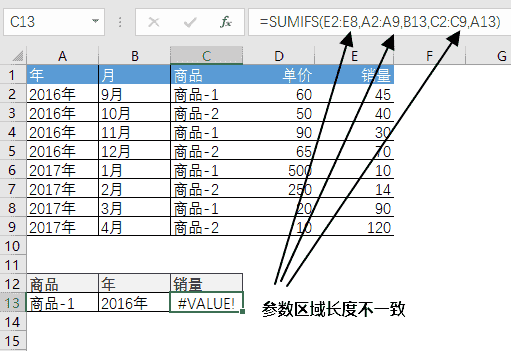算法的妙趣横生: 探索<i class="hljs-number">547.</i> 省份数量的秘密
2023-10-08 15:12:31
算法的魅力
算法是计算机科学的基石,也是解决复杂问题的重要工具。算法的魅力在于其简洁、高效、准确。通过巧妙的逻辑设计和数学计算,算法能够将复杂的问题分解为一个个可计算的步骤,并最终得到正确的结果。
在现实世界中,算法有着广泛的应用。从搜索引擎的网页排序,到自动驾驶汽车的路径规划,再到金融市场的交易决策,算法无处不在。算法帮助我们提高效率、降低成本、提升准确性,甚至改变了我们的生活方式。
省份数量的奥秘
leetcode 547. 省份数量是一个经典的图论问题。在这个问题中,我们被告知有 n 个城市,其中一些城市彼此相连,另一些城市没有相连。我们的任务是确定有多少个省份。
省份的定义是:一组直接相连的城市。换句话说,如果城市 a 与城市 b 直接相连,且城市 b 与城市 c 直接相连,那么城市 a 与城市 c 间接相连。因此,我们可以将所有直接相连的城市归为一个省份。
深度优先搜索与广度优先搜索
解决省份数量问题的常用方法是深度优先搜索和广度优先搜索。深度优先搜索从一个城市出发,沿着一条路径一直搜索下去,直到达到终点或搜索完所有相连的城市。广度优先搜索从一个城市出发,先搜索所有相邻的城市,然后再搜索这些城市的相邻城市,以此类推。
对于省份数量问题,深度优先搜索和广度优先搜索都可以用来求解。深度优先搜索的优点是简单易懂,实现起来比较容易。广度优先搜索的优点是能够保证找到最短路径,并且可以避免重复搜索。
代码实现
def find_provinces(grid):
"""
Finds the number of provinces in a grid.
Args:
grid: A 2D list of 0s and 1s, where 1 indicates that two cities are directly connected.
Returns:
The number of provinces in the grid.
"""
# Initialize the number of provinces.
num_provinces = 0
# Create a set to store the visited cities.
visited = set()
# Iterate over the grid.
for i in range(len(grid)):
for j in range(len(grid[0])):
# If the city has not been visited, perform a depth-first search to find all the cities in the same province.
if (i, j) not in visited:
dfs(grid, i, j, visited)
# Increment the number of provinces.
num_provinces += 1
# Return the number of provinces.
return num_provinces
def dfs(grid, i, j, visited):
"""
Performs a depth-first search to find all the cities in the same province as (i, j).
Args:
grid: A 2D list of 0s and 1s, where 1 indicates that two cities are directly connected.
i: The row index of the city to start the search from.
j: The column index of the city to start the search from.
visited: A set to store the visited cities.
"""
# Mark the city as visited.
visited.add((i, j))
# Iterate over the adjacent cities.
for x in range(len(grid)):
for y in range(len(grid[0])):
# If the adjacent city is directly connected to the current city and has not been visited, perform a depth-first search to find all the cities in the same province.
if grid[i][y] == 1 and grid[x][j] == 1 and (x, y) not in visited:
dfs(grid, x, y, visited)
结语
算法的妙趣横生在于其能够帮助我们解决复杂的问题,省份数量问题就是一个很好的例子。通过巧妙的算法设计,我们可以高效地找到所有省份,并计算出它们的个数。
算法的学习和应用是一个不断探索和实践的过程。希望通过本文,您能够对算法的魅力有所领略,并对省份数量问题的求解方法有所了解。欢迎您继续探索算法的世界,发现更多的奥秘和乐趣。



